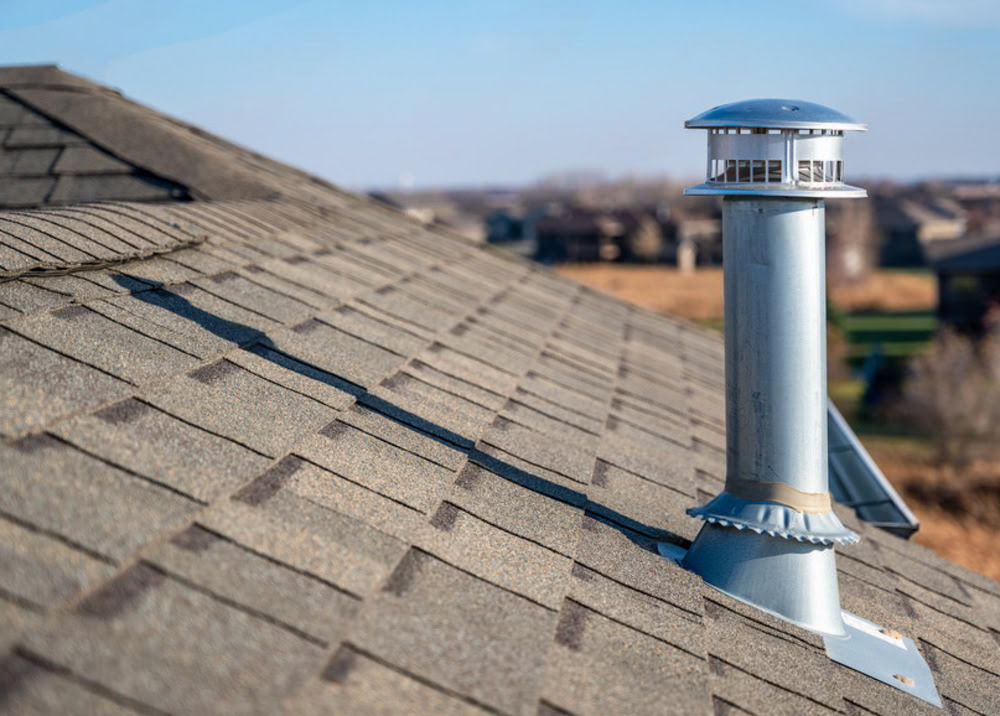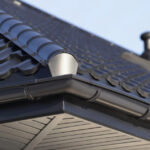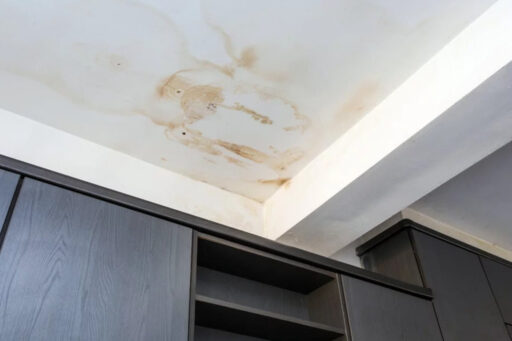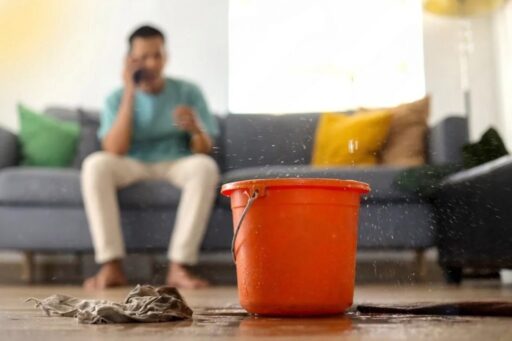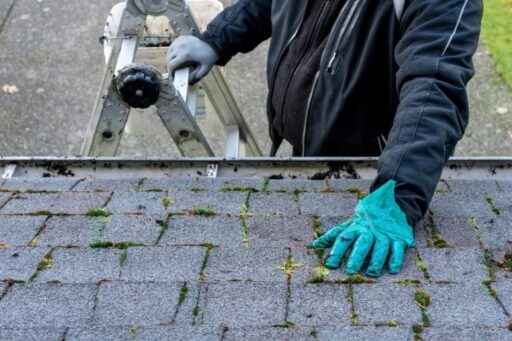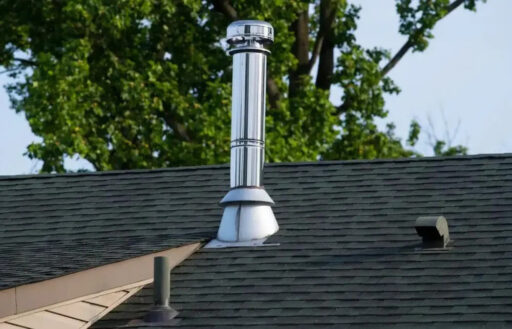Vancouver’s unique climate presents specific challenges for homeowners when it comes to roof maintenance. With an average of 169 days of precipitation annually and approximately 1,189 millimetres of rainfall per year, maintaining a roof in this coastal city requires dedicated attention and understanding of seasonal requirements.
Winter Maintenance (December – February)
Winter in Vancouver brings unique challenges with its consistent rainfall and occasional snowfall. The average winter temperature hovers around 6°C, creating conditions that can significantly impact roof integrity. During these months, Vancouver experiences approximately 450mm of rainfall, making proper drainage essential.
Professional roofing experts recommend conducting thorough inspections before winter sets in. The primary focus during winter maintenance includes ensuring all drainage systems function optimally. Vancouver’s building code requires all roofs to handle minimum snow loads of 1.8 kPa, which translates to approximately 180 kg per square meter.
Ice dam prevention becomes crucial during cold snaps. When Vancouver experiences sub-zero temperatures, typically occurring 46 days per year, proper attic insulation maintains consistent roof temperature. The recommended R-value for Vancouver roofs is R-40, helping prevent ice formation along eaves. Moss growth, particularly prevalent in North Vancouver where shade from surrounding mountains creates ideal conditions, requires special attention during winter. Vancouver’s ambient moisture levels, typically around 80% during winter months, create perfect conditions for moss proliferation.
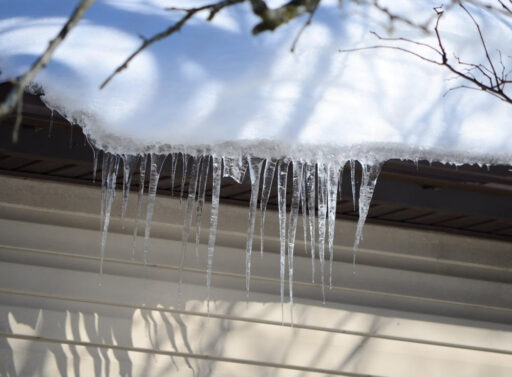
Spring Maintenance (March – May)
Spring maintenance focuses on addressing winter damage and preparing for Vancouver’s moderate summer. The city experiences an average of 825 hours of sunshine during spring months, allowing optimal conditions for thorough roof inspections. Professional roofers in Vancouver report that spring reveals approximately 60% of winter-related damage. Common issues include loose shingles, compromised flashing, and clogged gutters. The Vancouver Building Bylaw requires all drainage systems to handle water flow rates of 100mm per hour.
Cleaning gutters becomes essential as Vancouver’s numerous cherry trees, approximately 43,000 throughout the city, shed their blossoms. These blossoms, combined with spring rainfall averaging 250mm, can create significant blockages in drainage systems. Algae removal, particularly on north-facing roof sections, becomes crucial during spring. Vancouver’s moderate spring temperatures, averaging 12°C, combined with lingering moisture, create ideal conditions for algae growth. Professional cleaning using approved zinc-based solutions helps prevent reoccurrence.
Summer Maintenance (June – August)
Summer presents a different set of maintenance requirements. Vancouver experiences approximately 290 hours of sunshine during July alone, with average temperatures reaching 22°C. These conditions necessitate attention to UV damage and thermal stress on roofing materials. Professional inspection during summer focuses on identifying sun-related damage. Asphalt shingles, which cover approximately 75% of Vancouver residential roofs, can experience granule loss due to UV exposure. The recommended inspection frequency during summer months is every 60 days.
Ventilation assessment becomes crucial during summer. Vancouver building codes require a minimum of 1 square foot of ventilation for every 150 square feet of attic space. Proper ventilation prevents heat buildup, which can reach 60°C in poorly ventilated attics. Summer also presents an optimal time for preventive maintenance. Professional roofers recommend applying protective coatings during this season, as Vancouver experiences its lowest rainfall (approximately 40mm) in July, providing ideal application conditions.
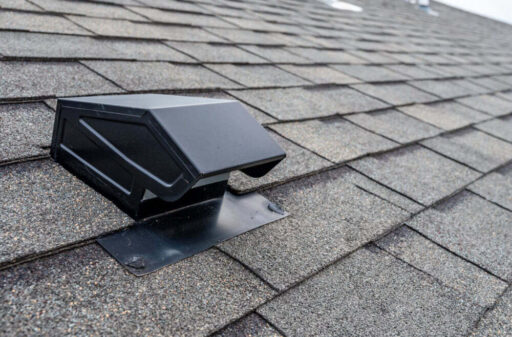
Fall Maintenance (September – November)
Fall maintenance proves critical in Vancouver’s climate as the season transitions to wet weather. The city experiences approximately 450mm of rainfall during these months, with November typically being the wettest month, receiving about 200mm of precipitation. Professional maintenance during fall focuses heavily on drainage system preparation. Vancouver’s abundant tree coverage, with over 150,000 street trees, creates significant debris accumulation. Experts recommend bi-weekly gutter cleaning during peak leaf fall.
Roof membrane inspection becomes essential during fall. Vancouver’s building code requires all roof membranes to maintain water-tightness under 48 hours of continuous rainfall, a common occurrence during fall months. Flashing inspection and maintenance take precedence during fall preparation. Professional roofers report that approximately 80% of roof leaks occur around flashing points. Vancouver’s rainfall intensity, which can reach 15mm per hour during fall storms, tests these vulnerable areas extensively.
Cost Considerations
Professional roof maintenance in Vancouver follows specific industry standards for pricing. The RCABC provides guidelines for maintenance costs, typically calculated per square foot of roof area. Regular maintenance programs, including quarterly inspections and necessary repairs, typically represent 2-3% of the original roof installation cost annually. This investment helps prevent major repairs, which can cost significantly more, particularly during Vancouver’s wet season when emergency repairs become more challenging.
Through proper seasonal maintenance, Vancouver homeowners can significantly extend their roof’s lifespan. Professional maintenance, adherence to local building codes, and attention to seasonal requirements ensure optimal roof performance in Vancouver’s unique coastal climate.
Summary
Vancouver’s distinct climate, with its significant annual rainfall and temperature variations, demands a focused approach to roof maintenance. Property owners who implement regular professional maintenance programs typically see their roofs exceeding expected service life by 25-30%. Through systematic seasonal care, adherence to local building codes, and professional oversight, Vancouver homeowners can effectively protect their investments while supporting the city’s environmental sustainability goals. Professional maintenance remains the cornerstone of preserving roof integrity in Vancouver’s challenging coastal environment.

